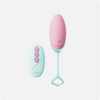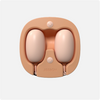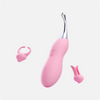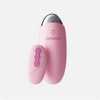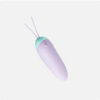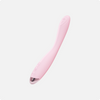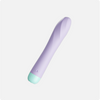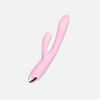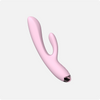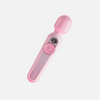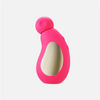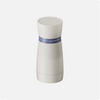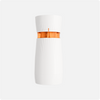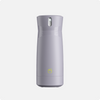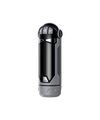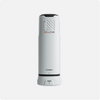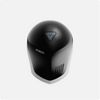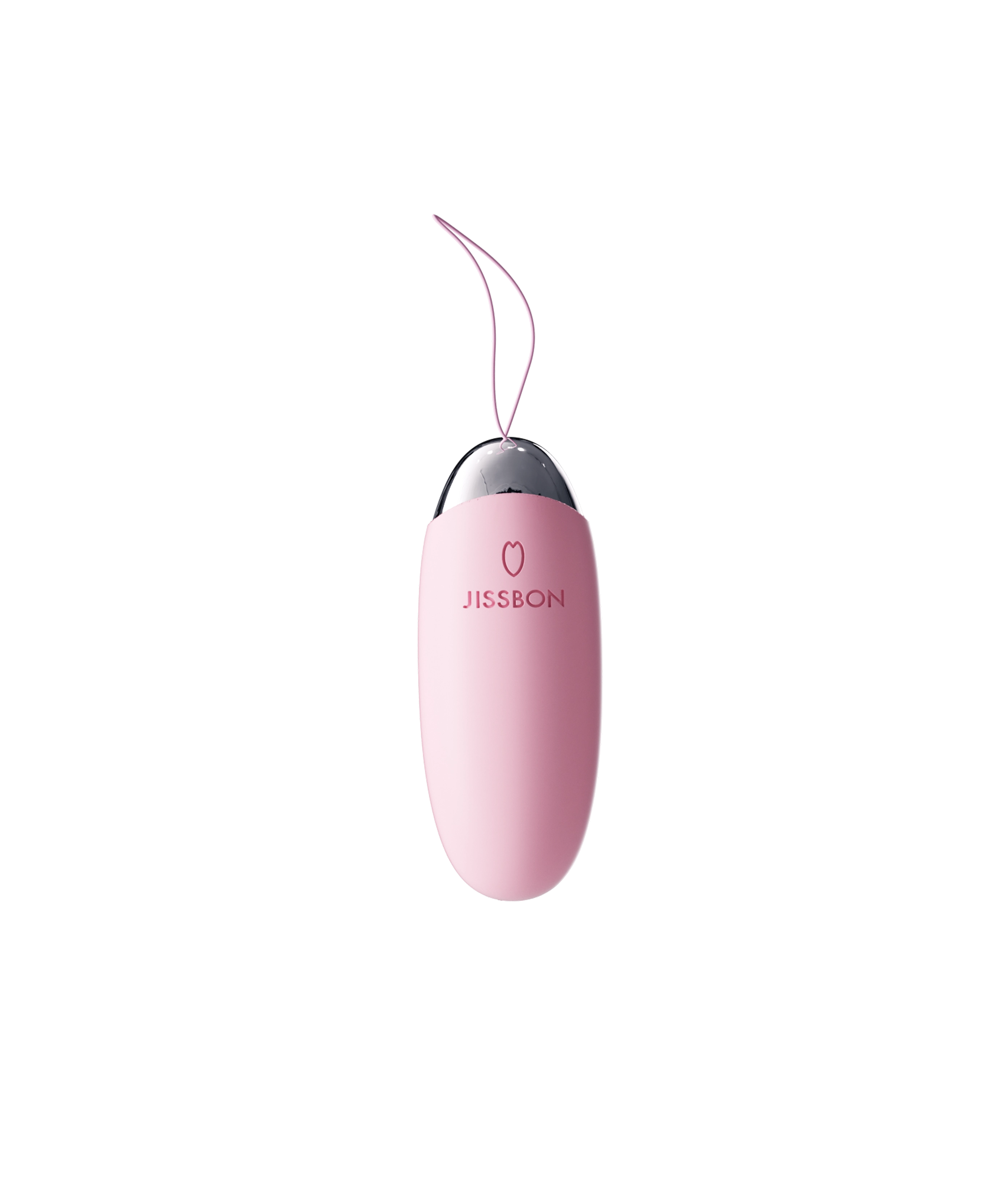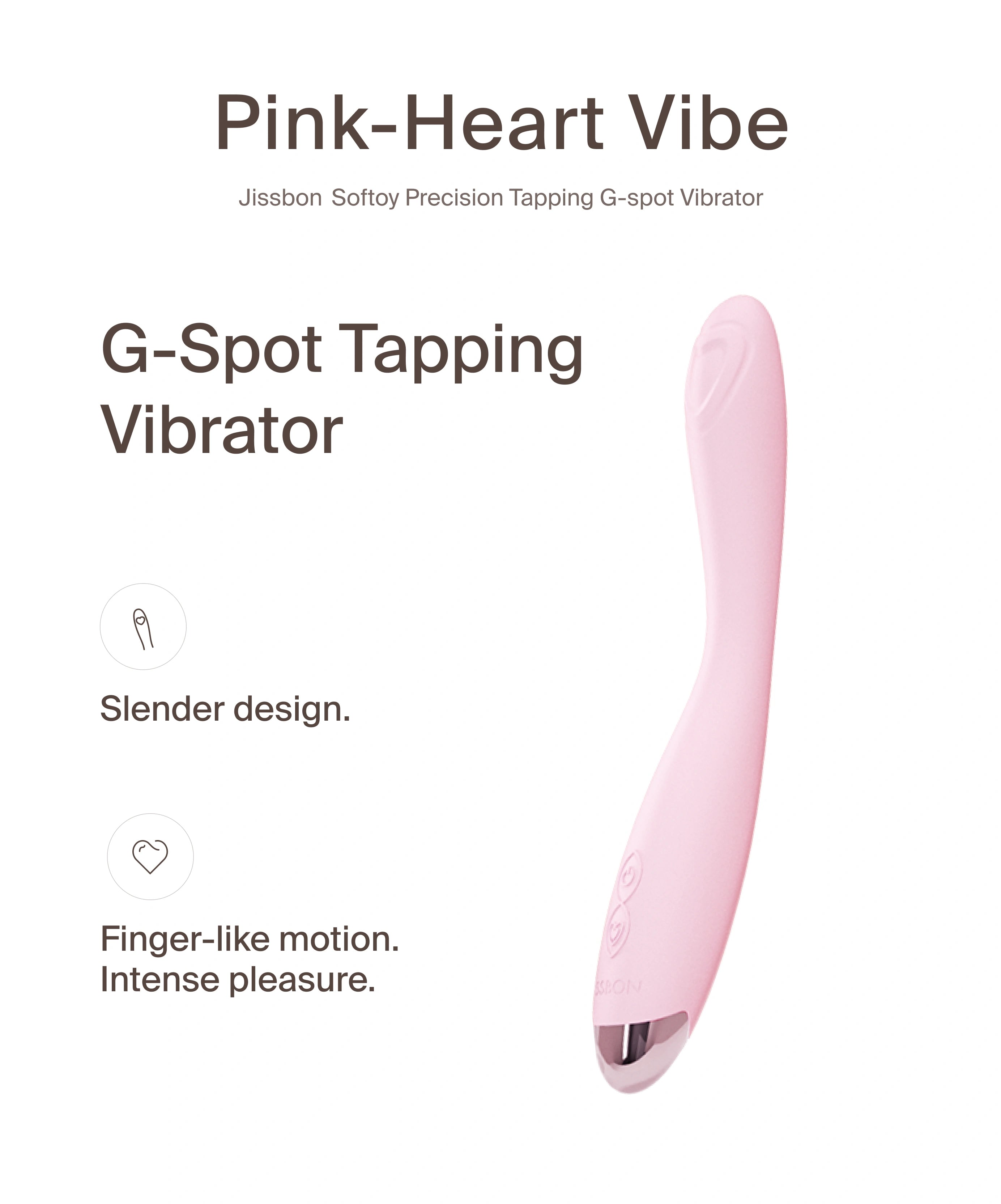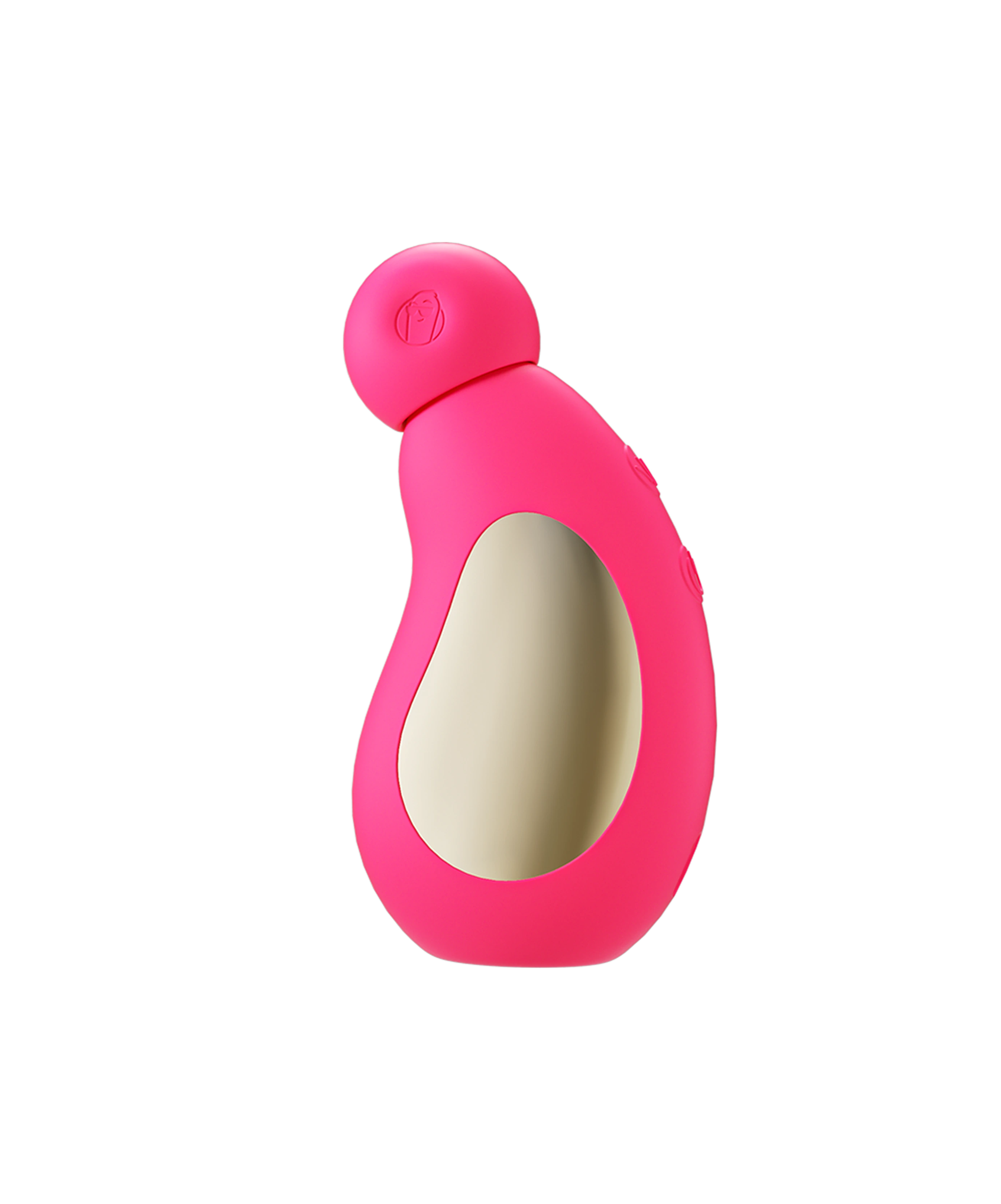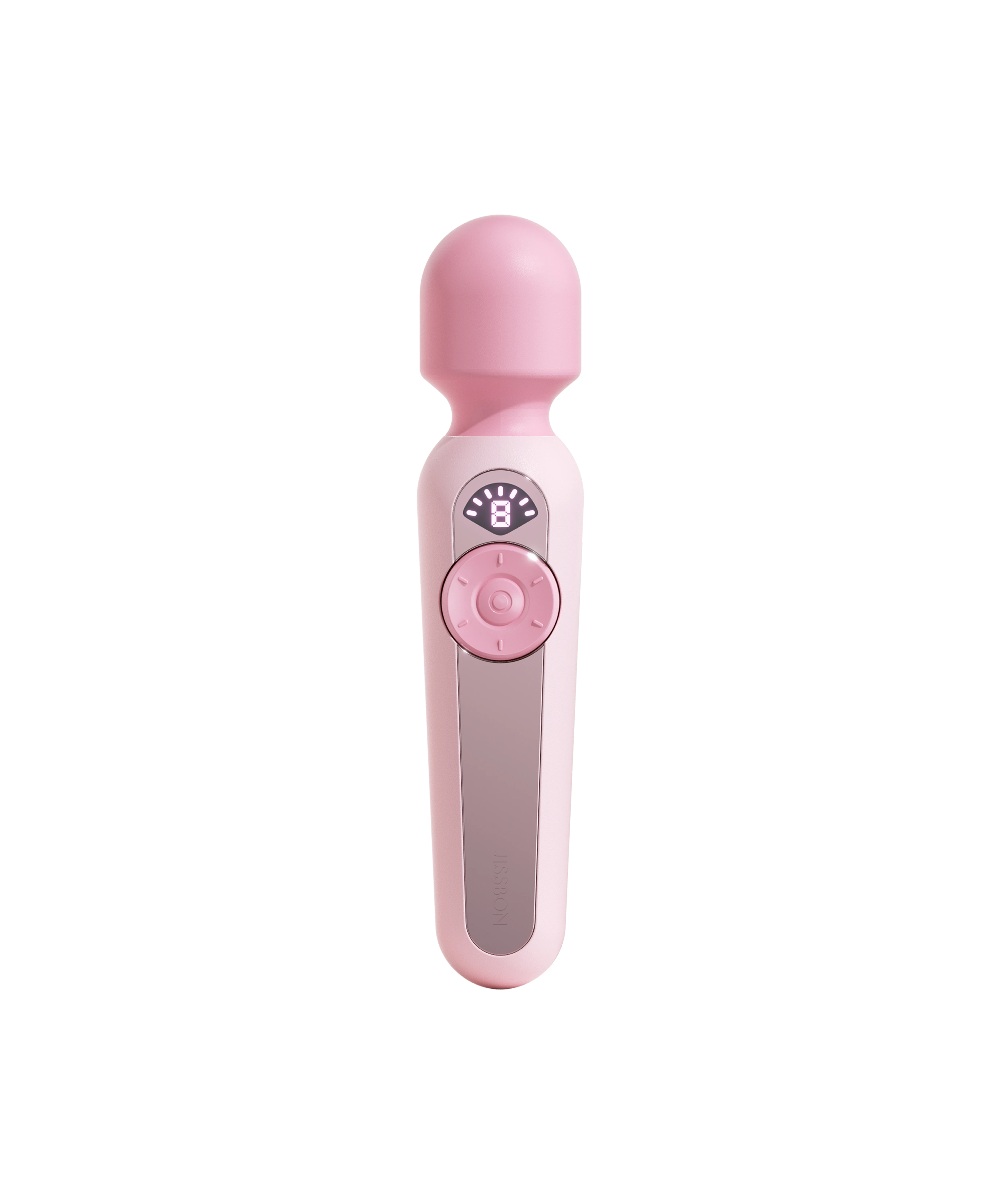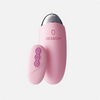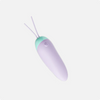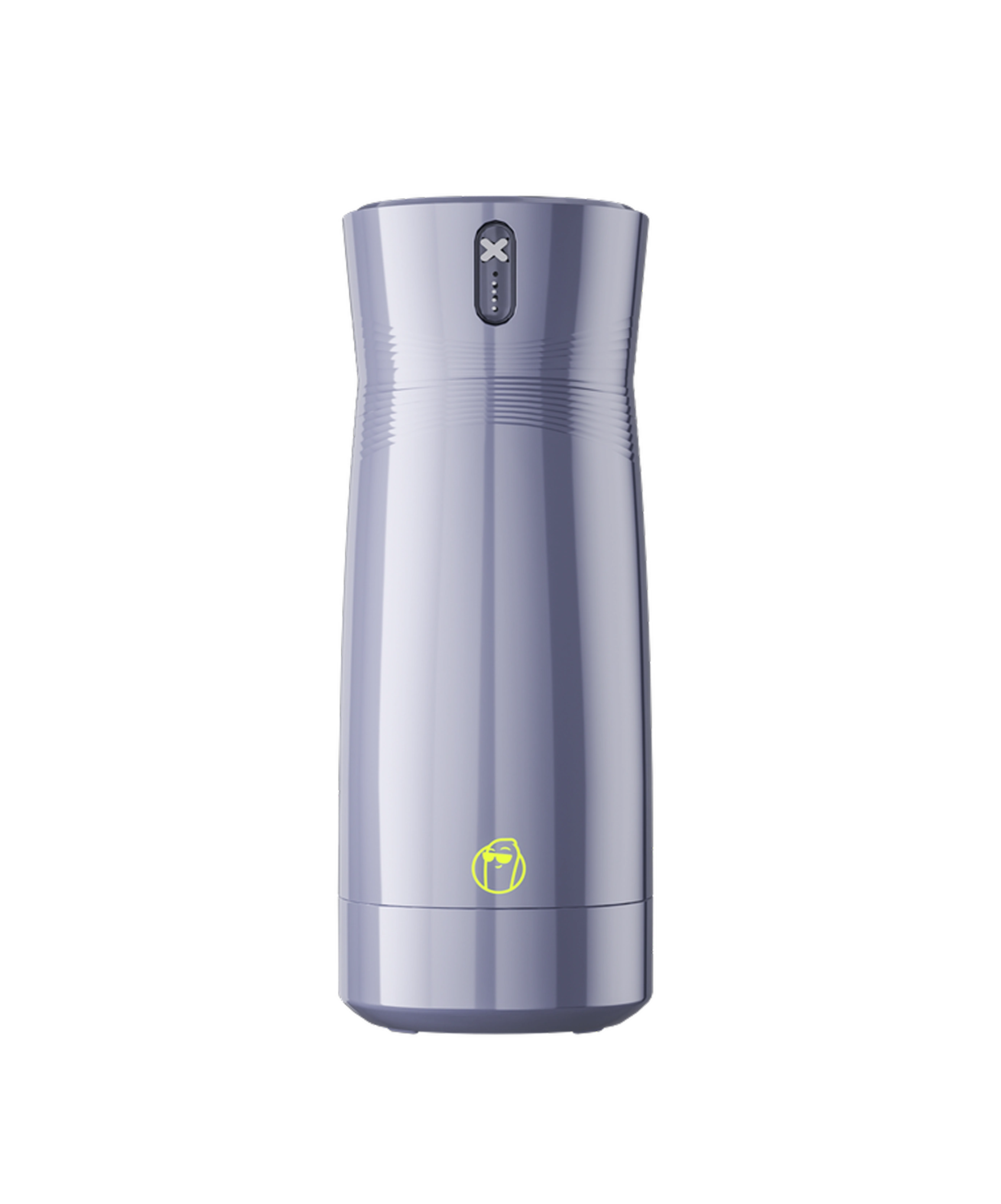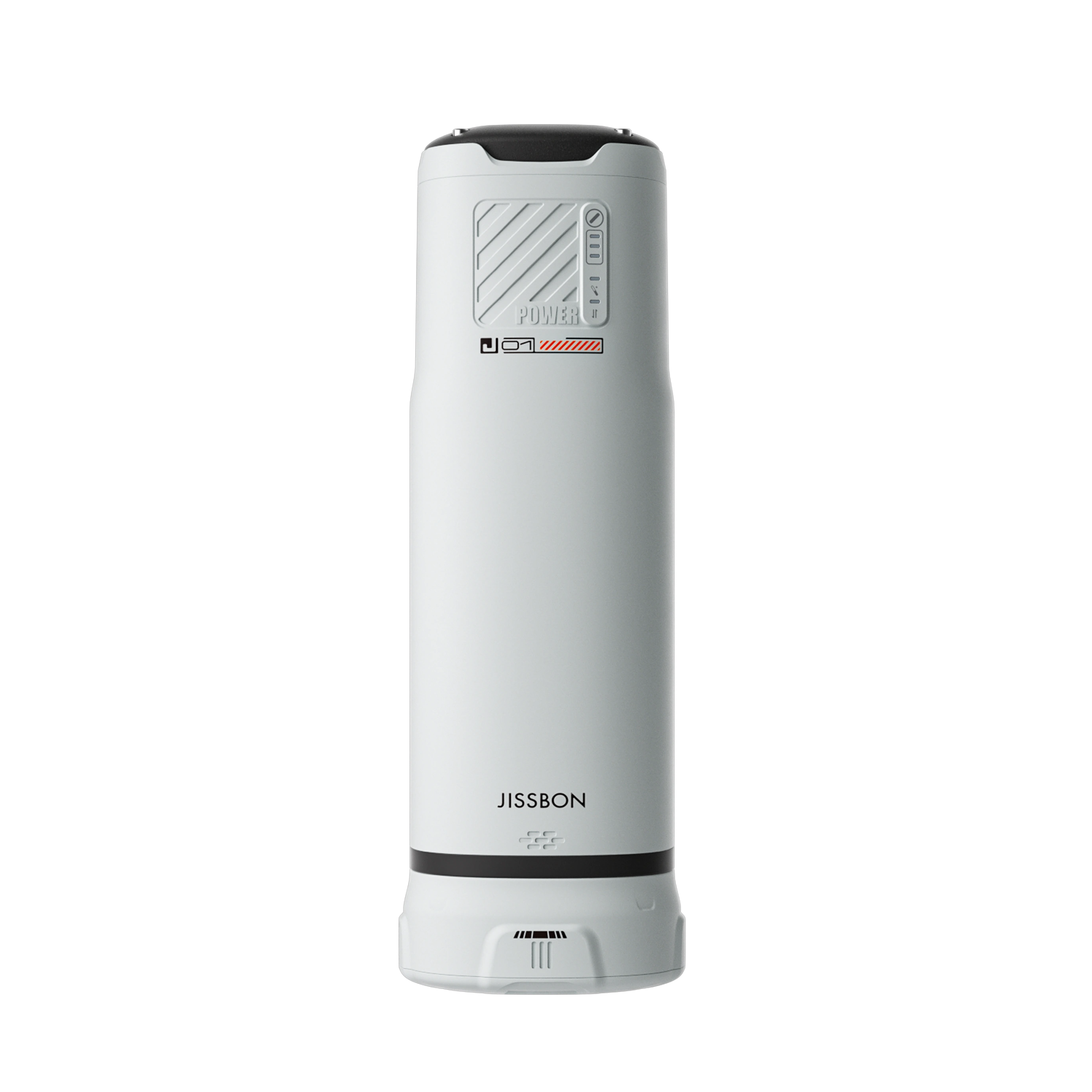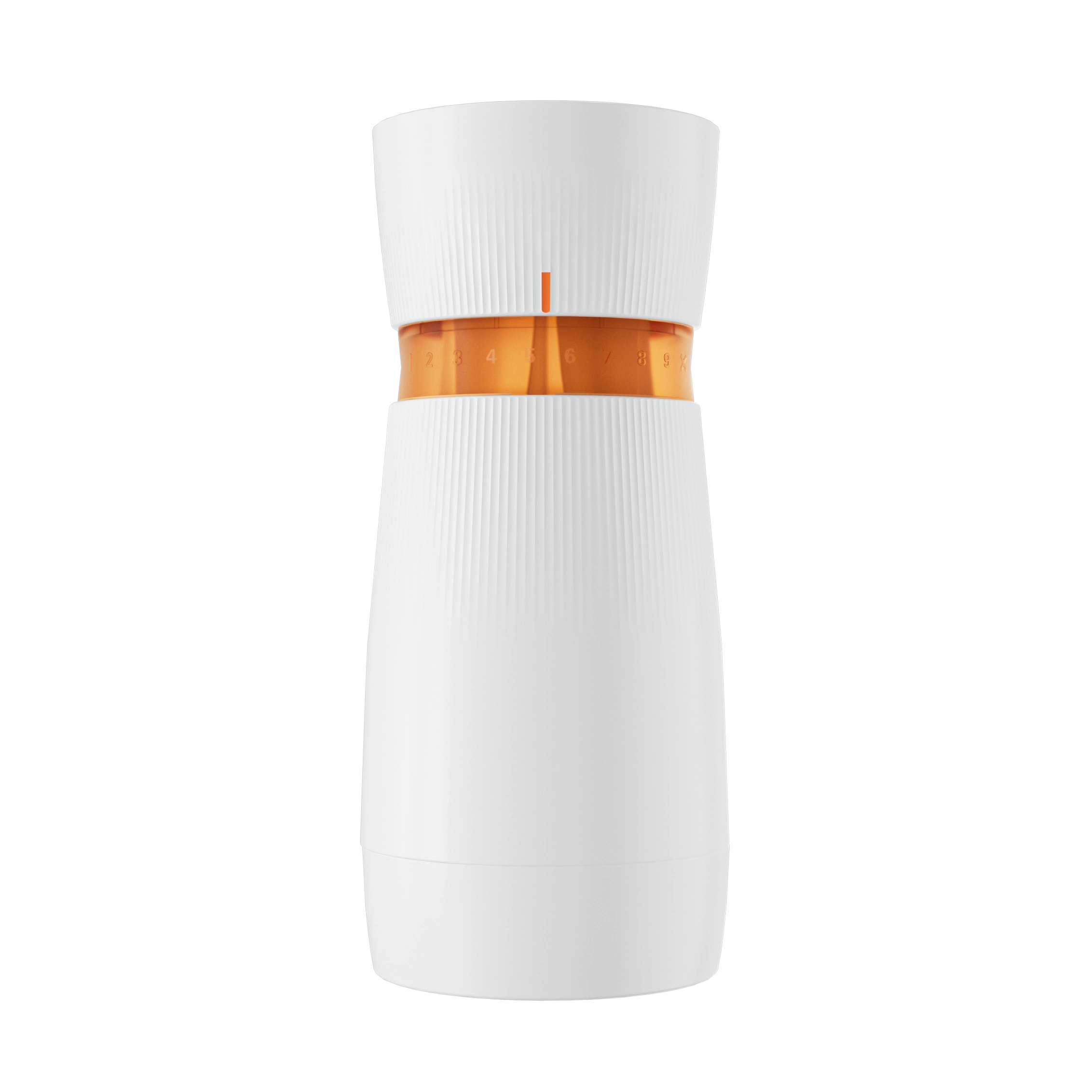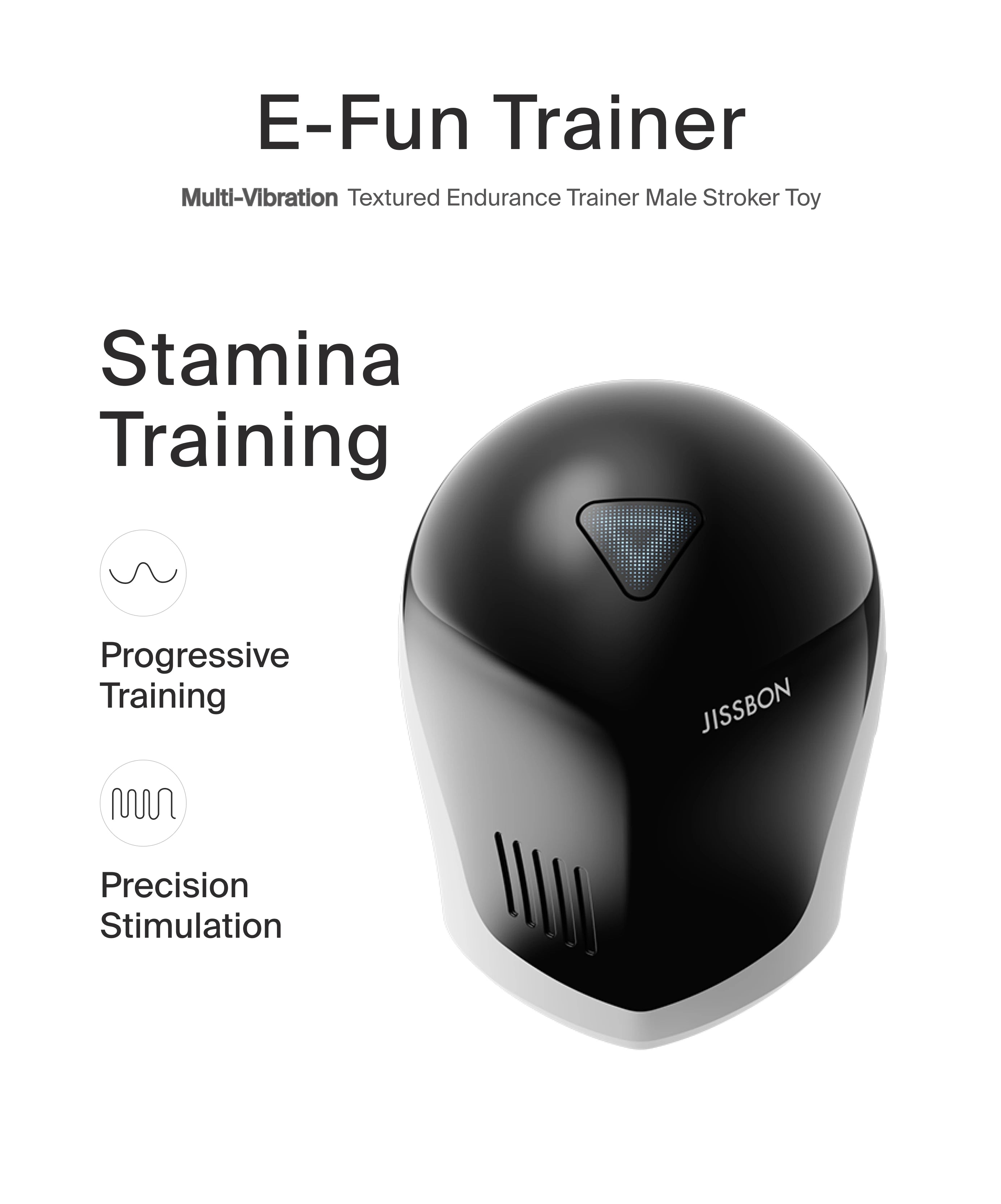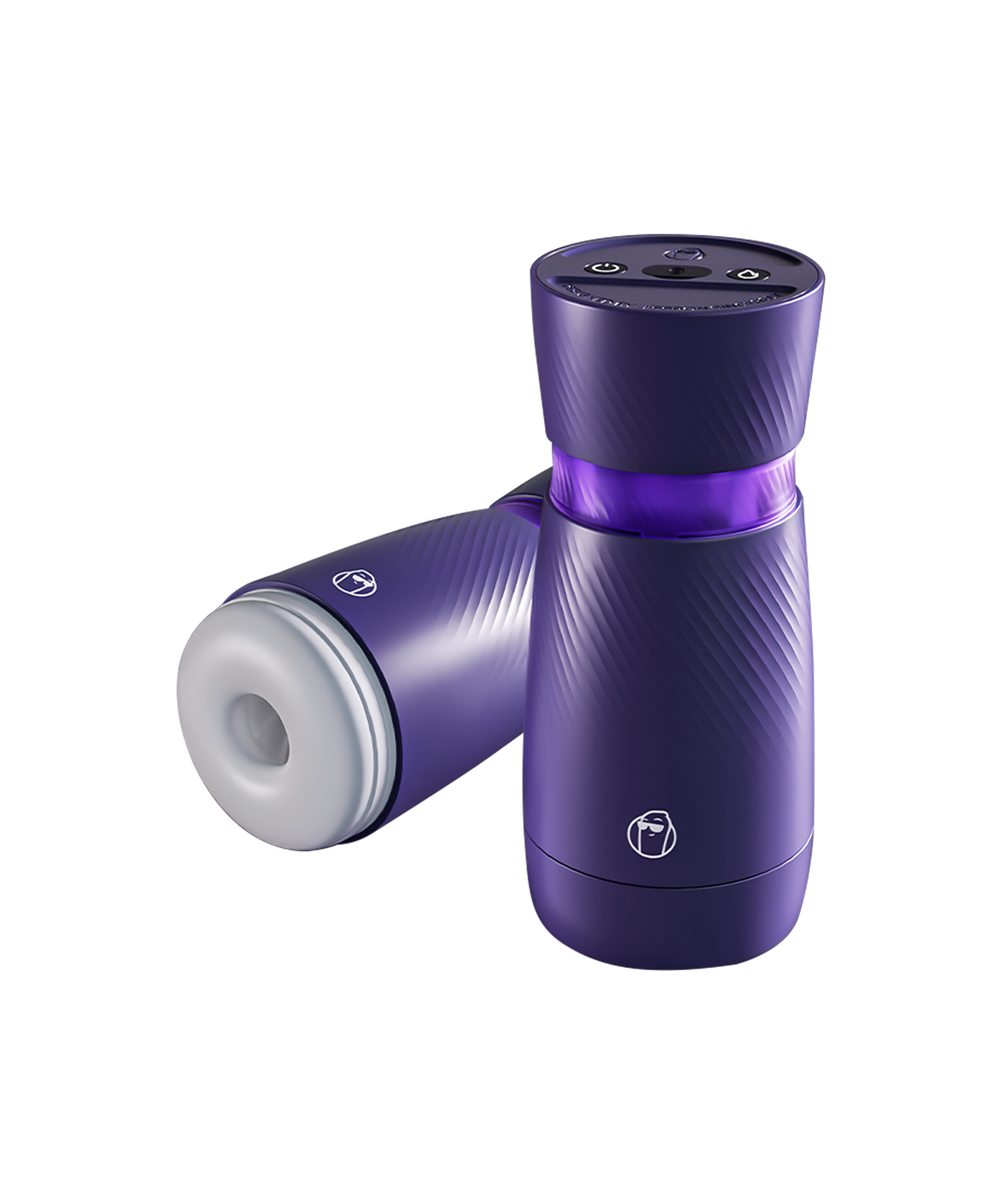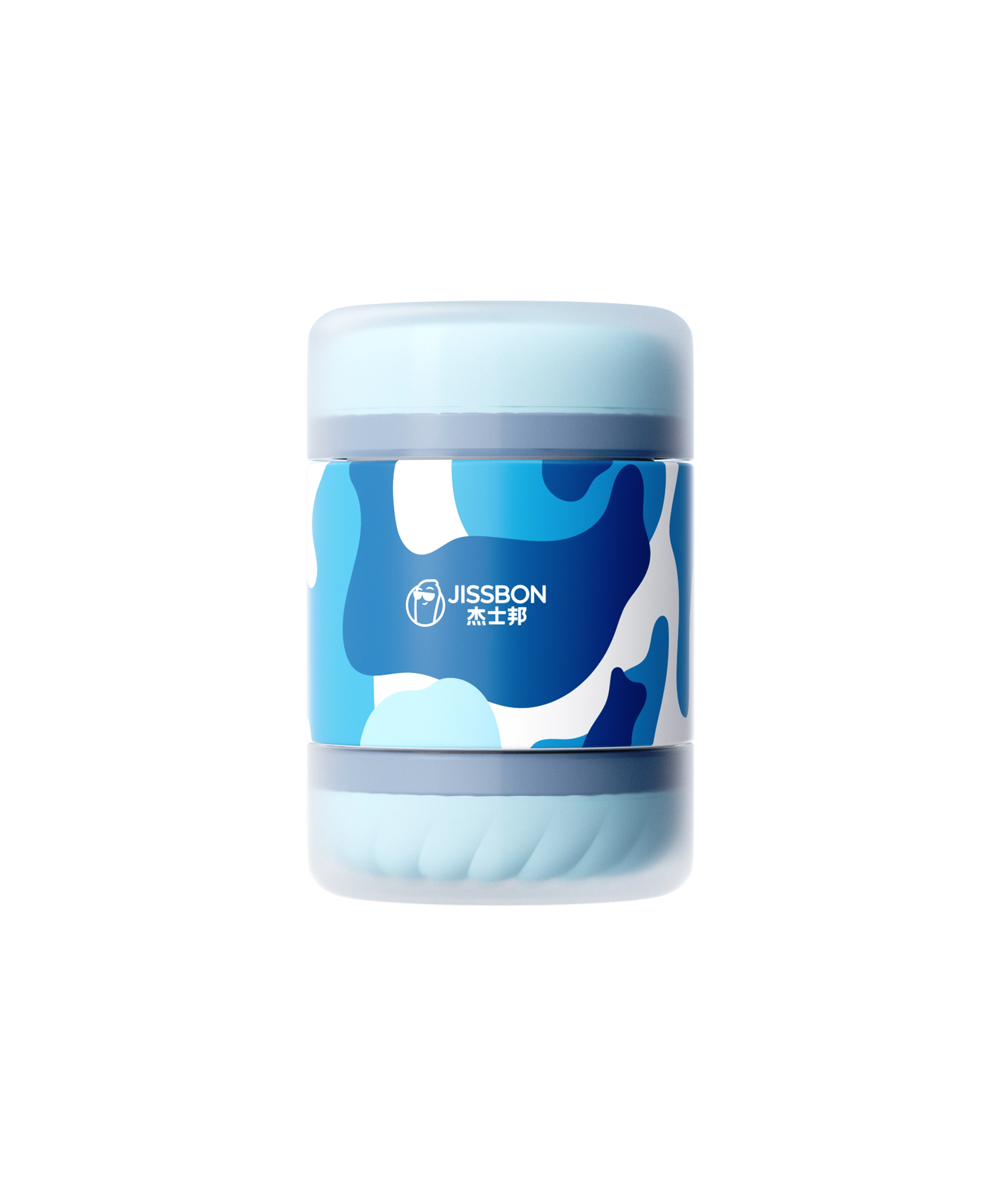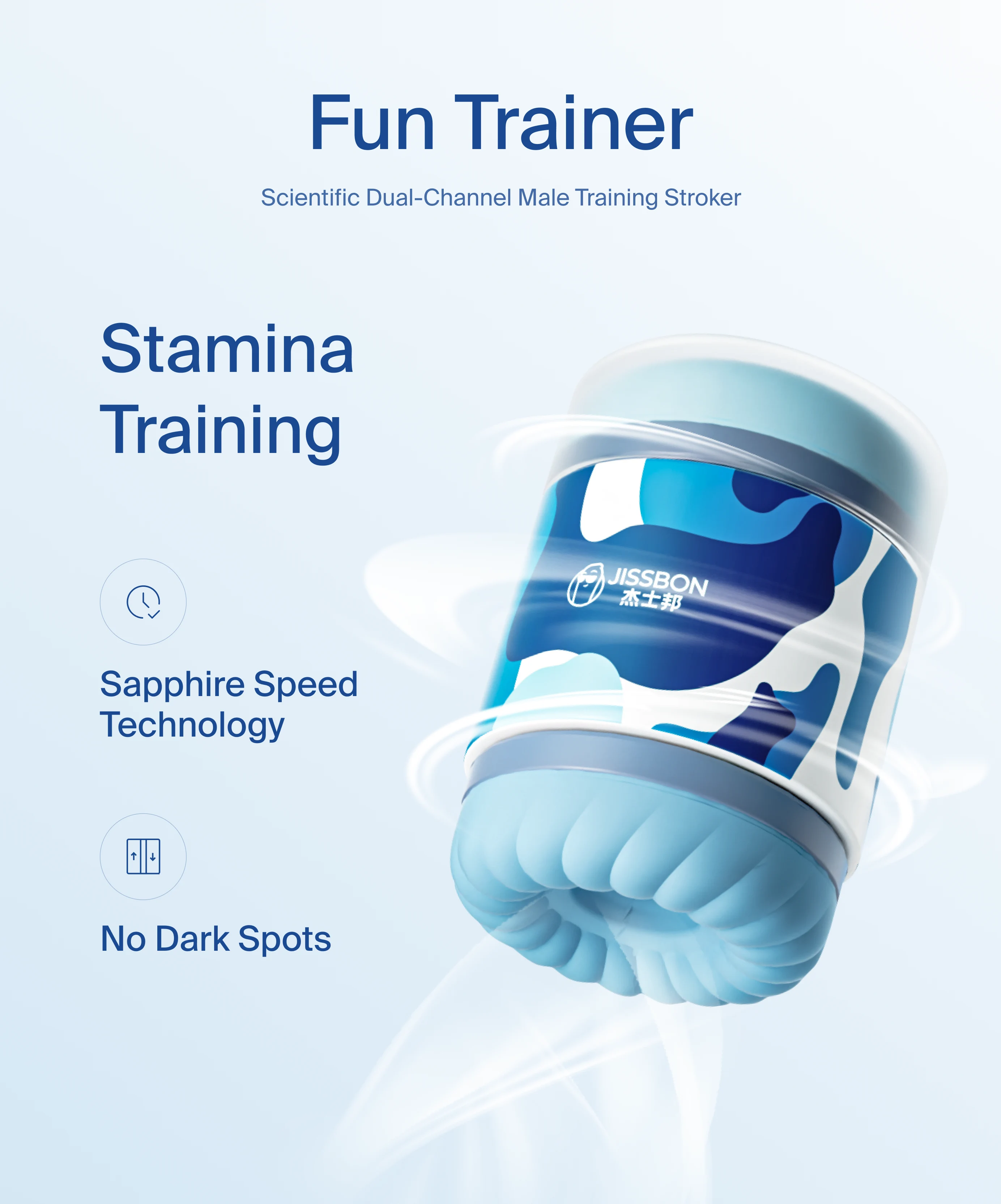If you’ve ever paused and wondered which sex word to use in a text, a conversation, or even a Google search, you’re not alone. Between clinical language, everyday sex terms, and ever‑evolving slang for sex, it can be tricky to know what a word really means—or when it’s appropriate.
This beginner‑friendly guide walks you through clear, respectful language for sexual topics, from anatomy and consent to common idioms and euphemisms. Along the way, you’ll see how to choose another word for sex depending on your audience and intent.
How to use this guide (and why language matters)
Sexual language sits on a spectrum:
- Clinical ( “vulva,” “penis,” “intercourse”)
- Neutral/colloquial ( “have sex,” “hook up,” “make out”)
- Slang (“get it on,” “Netflix‑and‑chill,” “bang”)
Each carries a tone. Clinical terms are precise and good for health conversations. Colloquial terms feel casual and friendly. Slang can be playful—but sometimes crass or ambiguous. By understanding tone and audience, you’ll pick sex terms that communicate clearly and respectfully. For reference, slang is informal, nonstandard vocabulary used by groups and in casual speech.
Consent-first language: the foundation for all sexual terms
Before any sex word or phrase, consent comes first. The simplest definition: consent means actively agreeing to sexual activity, and it can be withdrawn at any time. Many educators use “FRIES” (Freely given, Reversible, Informed, Enthusiastic, Specific) as a helpful memory tool. Prioritizing consent terms—“Are you into this?” “More/less/stop?”—keeps language and action aligned.
Sex vs. “sex”: what does the word include?

“Sex” is used in different ways. For some, it refers only to penile‑vaginal intercourse. For many others (including modern sex‑ed resources), it covers a range of sexual activities—oral, manual, toy‑assisted, and non‑penetrative touch—so it’s wise to clarify meanings with your partner. Beginner guides emphasize that sex is broader than one act and that safer‑sex practices and communication reduce confusion and risk.
Related term—Outercourse: non‑penetrative sexual activity (definitions vary; some include oral/anal, others don’t). Great when you want intimacy without penetration—just agree on what’s included.
Anatomy words most people mix up (and why accuracy helps)
Using precise anatomy words reduces stigma, prevents misunderstandings, and improves pleasure and health conversations.
- Vulva = the external genitalia (labia, clitoris, urethral opening, vaginal opening).
-
Vagina = the internal canal connecting the vulva to the cervix.
Many people say “vagina” when they mean “vulva.” Using the right term matters for communication with partners and healthcare providers.
If you’re curious about external stimulation and how it relates to anatomy, browse shapes built for external and front‑wall angles in Clitoral Vibrators (gentle, discreet options for solo or partnered play).
“Another word for sex”: choosing tone and clarity
- Neutral/polite: have sex, be intimate, have intercourse, be physical, sleep together
- Warm/romantic: make love, be together, share intimacy
- Casual / dating‑app friendly: hook up, fool around (note: can be vague)
- Clinical/precise: penile‑vaginal intercourse (PVI), oral sex, anal sex, non‑penetrative sex/outercourse
Tip: Neutral words (“have sex,” “be intimate”) travel well across most contexts. Slang terms add personality but may be misread across cultures, ages, or communities. Remember, what counts as slang for sex changes over time—ask if unsure.
A mini‑glossary of common sex words & slang (tasteful, beginner‑friendly)

This isn’t exhaustive—just a practical starter list. Terms differ by region and community.
Neutral & clinical terms (clear and versatile)
- Sex / have sex: sexual activity; clarify what it includes.
- Intercourse: usually penetration (often vaginal); specify if oral/anal to avoid ambiguity.
- Oral sex: genital stimulation using the mouth/tongue (e.g., cunnilingus, fellatio).
- Anal sex: penetration of the anus with a body part or toy (use lube and a flared base if using toys; barrier methods reduce STI risk).
- Non‑penetrative sex / outercourse: sexual activity without penetration (definitions vary—agree together).
- Masturbation / self‑pleasure: stimulation of one’s own genitals or erogenous zones, with hands or toys.
Colloquial phrases (widely used; tone depends on audience)
- Hook up: sexual activity, often casual—range varies from kissing to intercourse.
- Sleep with: have sex (neutral‑casual).
- Make out / fool around: kissing/sexual touching that may or may not include penetration.
- Get it on, get lucky, get down: informal phrases for having sex; playful, can be crass in some contexts.
- Netflix‑and‑chill: euphemism implying sexual activity.
Relationship & consent vocabulary
- Consent: ongoing, enthusiastic agreement; can be withdrawn anytime (see FRIES above).
- Boundaries / limits: what’s in or out for a person or couple; can change over time.
- Monogamy / Open relationship / Polyamory: relationship structures; define expectations with partners.
“Slang for sex”: read the room first
Slang is creative and fun, but it’s informal by definition. Even dictionary entries stress that slang is nonstandard and group‑specific—great among friends, risky in mixed company or professional settings. If you want to be playful with sex terms, do it where tone will be understood, and avoid slang that insults or objectifies.
Respectful language tips (that make every conversation better)
- Use anatomically correct terms when clarity matters; switch to colloquial once you’ve aligned on meaning. (Example: “External vulva touch okay?” vs. “Down there?”)
- Ask for preferred words. “What language feels good for you—‘clit’ or ‘clitoris’?”
- Avoid medicalizing pleasure when you’re building intimacy; use kind, plain words unless someone prefers clinical terms.
- Retire stigmatizing words. Terms that shame bodies, kinks, or identities shut down honest talk.
- Match tone to context. What works in private might not belong in a group chat or workplace.
Safer‑sex vocabulary that’s worth knowing
- Barrier (condom, internal condom, dental dam): lowers transmission for oral/anal/vaginal sex and some skin‑to‑skin risks.
- Testing/screening: routine checks even without symptoms (many STIs are asymptomatic).
- Vaccination: e.g., HPV, hepatitis B—part of preventive sexual health.
- Outercourse: non‑penetrative options when you want lower pregnancy risk or to avoid penetration for any reason—definitions vary, so agree together.
Common confusions (and quick fixes)
- “Vagina” used for everything → Use vulva for external parts; vagina = internal canal. (It’s a high‑value clarification for comfort and care.)
- “Sex” meaning clashes → Ask what “sex” includes for each person; align on boundaries before you begin.
- Slang feels harsh → Switch to neutral or romantic terms; prioritize clarity over cleverness.
- STD vs. STI → Prefer STI for accuracy; explain the difference briefly if needed.
A short A→Z sampler of sexual terms
- Arousal – the body/mind’s readiness for sexual activity (can be responsive or spontaneous).
- Barriers – condoms, internal condoms, dental dams; lower risks during sex.
- Clitoris – highly sensitive erectile tissue at/around the vulva; a major source of sexual pleasure.
- Desire – wanting sexual activity; may change with context, stress, or hormones.
- Ejaculate – fluid released during orgasm; semen for many with penises, variable fluids for others.
- Foreplay – any arousing activity before/without penetration; “outercourse” overlaps here.
- Genitals – external sexual anatomy (e.g., vulva, penis, scrotum).
- Hook up – casual sexual activity (range varies).
- Intimacy – closeness; sexual or nonsexual.
- Lube (lubricant) – reduces friction; water‑based is the most toy‑compatible default.
- Monogamy / Open – relationship structure; define agreements.
- Outercourse – non‑penetrative sexual activity (definitions vary; align first).
- Penis – external male genital organ; erectile tissue with urethra.
- Queef – harmless air release from the vagina during sex or movement.
- Rimming – oral stimulation of the anus; barriers (dental dams) reduce risk.
- STI/STD – infection vs. disease; prefer “STI” for accuracy.
- Vulva – external genital structure (labia, clitoris, urethral/vaginal opening).
When toys show up in sex words & slang

You’ll see terms like “bullet,” “wand,” “rabbit,” and “lay‑on” used as shorthand for different vibrator shapes. If a partner mentions a toy, ask where they like vibration (external vs. internal) and what intensity feels good. Curious about external stimulation or blended play? Compare discreet shapes in Clitoral Vibrators to see what aligns with your comfort and language.
Frequently Asked Questions:
What’s the most polite sex word to use?
“Have sex” or “be intimate” works in most contexts. If clarity matters, use clinical terms (e.g., “oral sex,” “penetrative sex”).
Is slang for sex okay to use?
Yes—if your audience welcomes it. Slang is informal and context‑dependent; don’t assume others share your meaning.
Why do some guides say STI and others say STD?
They’re related but not identical: STI = infection; STD = disease from an infection. Public health guidance increasingly prefers STI.
What if my partner uses a sex term I don’t understand?
Ask casually: “When you say ‘hook up,’ what do you mean tonight?” Clear language builds better experiences.
Is “outercourse” really sex?
It can be—definitions vary. Many use it for non‑penetrative sexual activity; some include oral/anal. Define it together.
Final word: choose words that fit your body, values, and context
Whether you prefer neutral phrases, precise clinical terms, or playful slang, your best sex word communicates clearly, respects consent, and suits your audience. Use correct anatomy (vulva vs. vagina), align on definitions (what “sex” includes), and keep health language up‑to‑date (STI vs. STD). With shared meanings, sexual conversations become simpler, safer, and a lot more satisfying.
Read more

Curious what people mean when they ask “what’s the Mile High Club?” You’ve probably heard whispered jokes about mile high club sex and seen cheeky references in movies. This guide explains the mile...
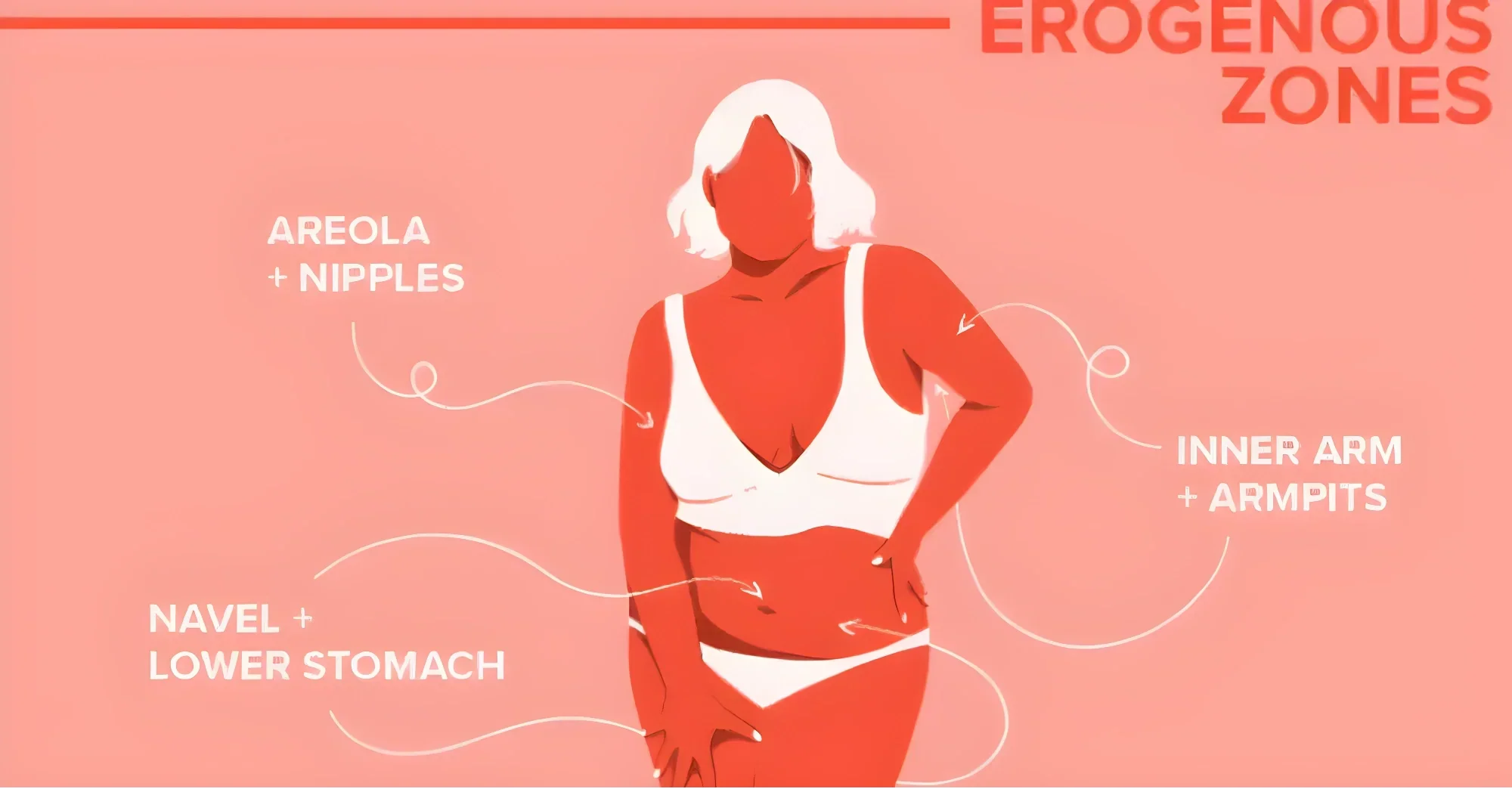
Curious about the erogenous zones on women and how to touch them with confidence? Great instincts. A little anatomy know‑how plus gentle, attuned touch goes a long way. This beginner‑friendly guide...
